Aliphatic Thermoplastic Polyurethane Films for Advanced Laminated Transparencies
security
by Kenneth Schwartz, Covestro LLC – Specialty Films
ver the past 100 years, a range of techniques and materials have been introduced to provide commercial solutions to render glass stronger and more impact resistant for enhanced security and safety. Today, the most widely practiced approach is a thermal process to “temper” glass to improve strength as well as safety after breakage. Tempered glass is now the standard approach for safety glass used for large glass panels in sliding glass doors as well as shower enclosures.
In the early 20th century, scientists discovered that combining polymers with glass improves impact resistance. Additional processes were developed to make glass even stronger and safer by laminating it to transparent thermoplastics. In the 1920s, industrial production of polyvinyl butyral (PVB) began, which quickly became the material of choice for laminated safety glass. PVB laminates are still used today for automotive front windshields.
Demands for higher levels of performance, such as bullet resistance, spawned new technologies, including lamination of glass to rigid transparent thermoplastics. Glass-clad polycarbonate provides a combination of enhanced performance with reduced weight, helping absorb the energy of projectiles and preventing glass spalling after impact. Laminates that include polycarbonate also require a flexible adhesive interlayer to account for the significant difference in thermal expansion when compared with glass. Since the plasticizer in PVB is incompatible with polycarbonate, a different polymer chemistry is required, leading to the adoption of thermoplastic polyurethane film (TPU) for glass lamination.

Figure 1. Glass-clad polycarbonate employs TPU film to bond glazing layers together, where polycarbonate provides protection from flying glass in the interior of a building. (Photo courtesy of Covestro LLC – Specialty Films.)
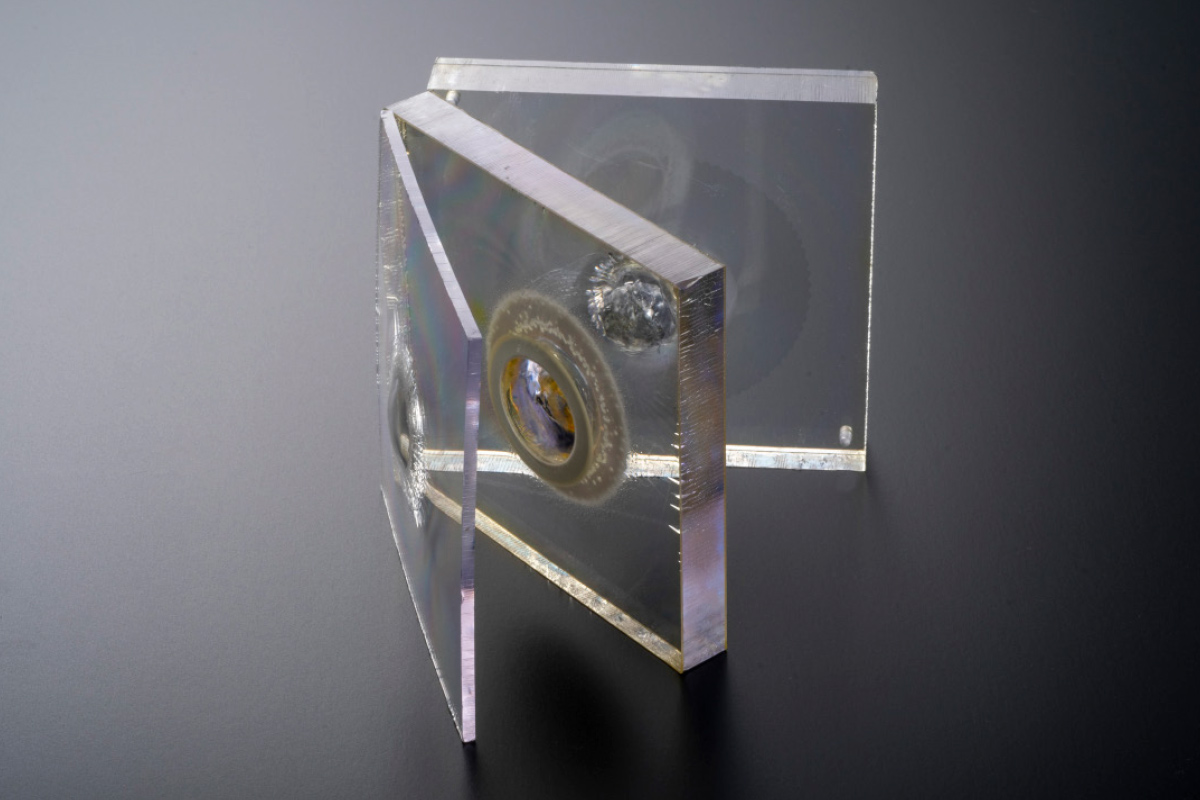
Figure 2. Multilayer polymer laminates using TPU interlayers provide bullet resistance with reduced weight and ease of fabrication. (Photo courtesy of Covestro LLC – Specialty Films.)
TPU is also used for laminates made only from transparent polymers such as polycarbonate and acrylic. These products offer significant weight savings and surface breakage resistance over glass laminates. All-plastic laminates can also be machined using conventional fabrication equipment.
Thermoplastic polyurethanes are one of six general classes of thermoplastic elastomers. These materials are described in ISO18064 as combining many of the attributes and features of both vulcanized thermoset rubber and thermoplastics. TPUs are made by reacting chemicals including polyols and diisocyanates to form a multiphase polymer comprised of hard segments and soft segments. The relative amounts and structure of these domains determine the characteristics of the material, including rigidity, flexibility, resiliency and temperature resistance. TPU’s are available with the widest range of properties all thermoplastic elastomers, bridging the performance gap between rubber and rigid plastics.
TPU materials can be classified into one of two categories, aromatic or aliphatic, describing the chemical structure of the molecular backbone. Although both classes offer a broad performance range including toughness, abrasion resistance, low temperature flexibility and clarity, each has specific advantages for certain applications. Aromatic materials are generally more cost effective, but not as resistant to UV. Aliphatic products are preferred where light stability along with optimal optical quality is required. They can also be formulated for enhanced adhesion. Therefore, aliphatic TPU’s are typically the material of choice for lamination of glass to thermoplastics for advanced transparent protection.
Composition and configuration of aliphatic TPU films are generally standardized and comparable from multiple suppliers. However, specialized grades are available, which can be used for laminates for projectile resistance at extreme temperatures or to accommodate more challenging lamination designs, including asymmetric arrangements of dissimilar materials.
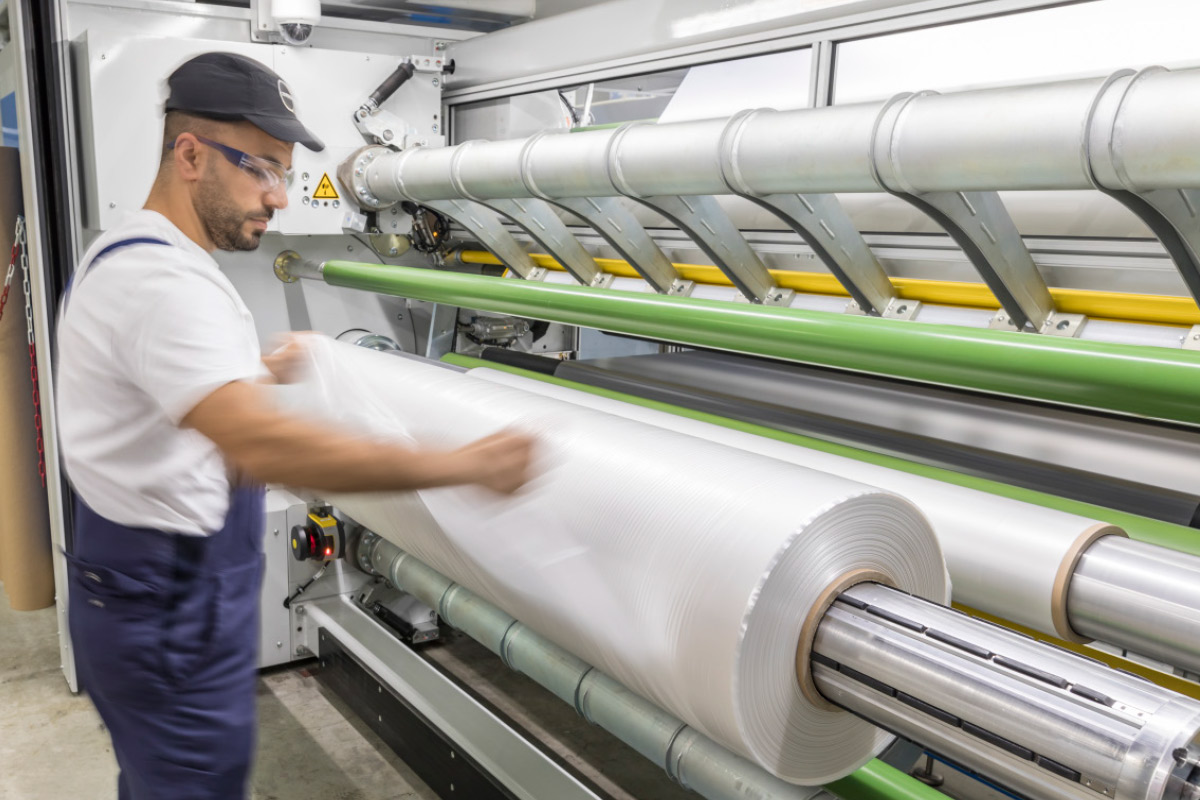
Figure 3. After extrusion, cooled TPU film is wound onto a core. (Photo courtesy of Covestro LLC – Specialty Films.)
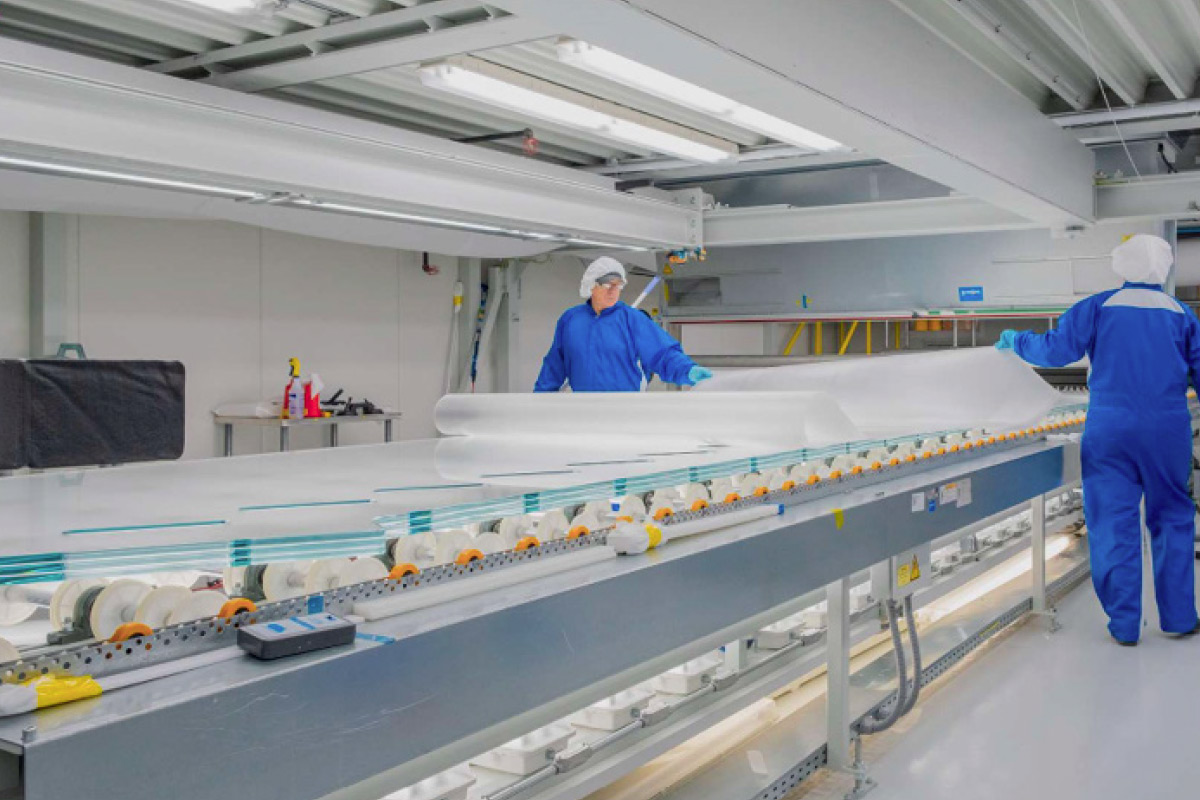
Figure 4. Transparent materials are laid-up in a clean room before vacuum bagging and autoclaving. (Photo courtesy of AGNORA. The image is for illustration only and does not include Covestro products.)
Films can be made in a wide range of thicknesses, but typical gauges used for lamination of transparencies vary from 0.015 inches to 0.050 inches. Unlike some other interlayer materials, aliphatic TPU films do not require refrigeration and can be stored in traditional warehouse conditions.
Laminated glass is fabricated by “laying-up” the individual sheets of transparent materials in a clean-room, then sealing the stack in a vacuum bag to remove entrapped the air between the layers, as seen in Figure 4. The bagged stack is inserted into a heated autoclave that squeezes the laminate, fusing the layers together, as seen in Figure 5.
Laminated transparencies containing aliphatic TPU film are used for a range of applications in both the architectural and transportation markets. Some examples include:
- Security glazing for embassies, government buildings, correctional facilities, financial institutions and schools
- Race car windshields and heavy equipment windshields
- Aircraft canopies
- Bullet resistant glazing for private and commercial vehicles
- Switchable laminates for privacy glazing
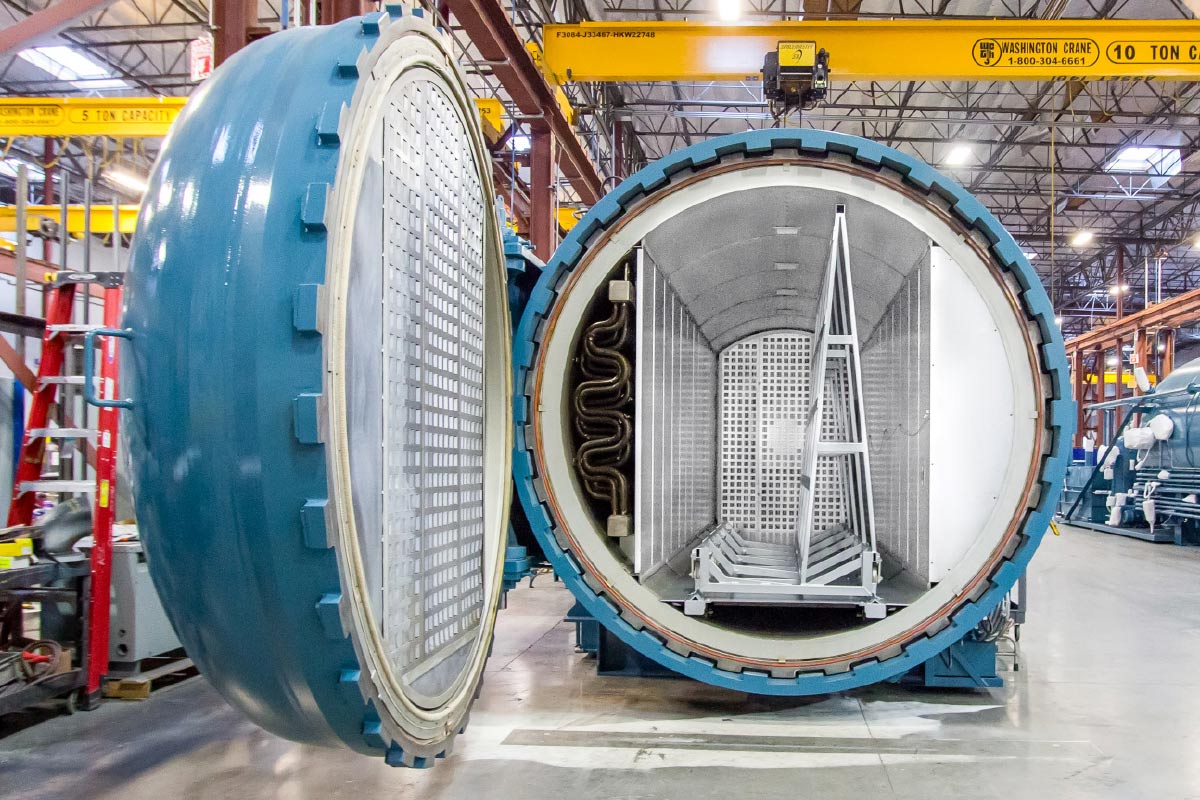
Figure 5. Laminates are placed in autoclave to fuse the transparent layers together. (Photo courtesy of ASC Process Systems.)
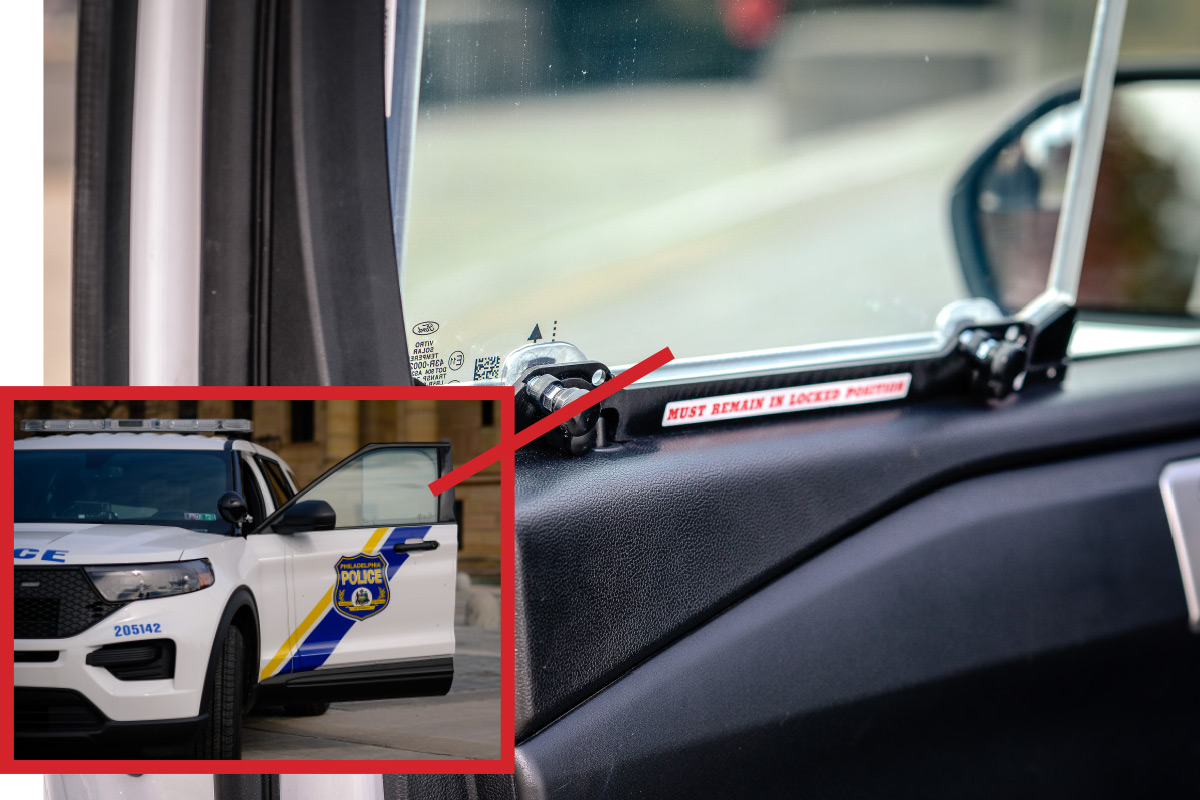
Figure 6. In most cases, factory installed glass in vehicles can be replaced with protective laminates, but inserts have also been produced for law enforcement as an economical retrofit alternative. (Photo courtesy of Hardwire LLC.)